Grey Wolf Canis lupus


The Grey Wolf (Gray Wolf in America) used to roam over much of northern Eurasia and America but its range is now much reduced.
It is the wild ancestor of all domestic dogs.



There are over 30 subspecies of Grey Wolf including the domestic dog (one subspecies -
C. l. familiaris; dog-wolf hybrids are fertile) and possibly
the Australian Dingo (C. l. dingo).
The wolf shown above and immediately below is the nominate subspecies, the European Grey Wolf,
Canis lupus lupus.



It lives in social "packs" of family members and hunts as a coordinated pack.

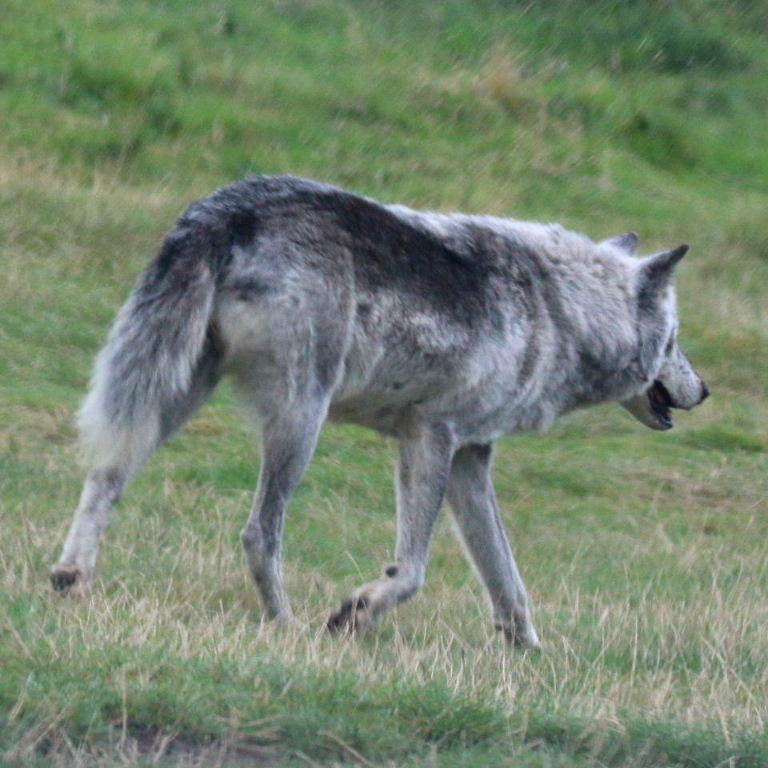

The Canadian Timber Wolf above, also called Northwest Timber Wolf,
C. l. occidentalis, is the largest subspecies of wolf
and is native to forests of Alaska, western Canada and northwestern USA.



Black Timber Wolf - it is said that the black gene in wild wolves was introduced from the domestic dog gene pool.


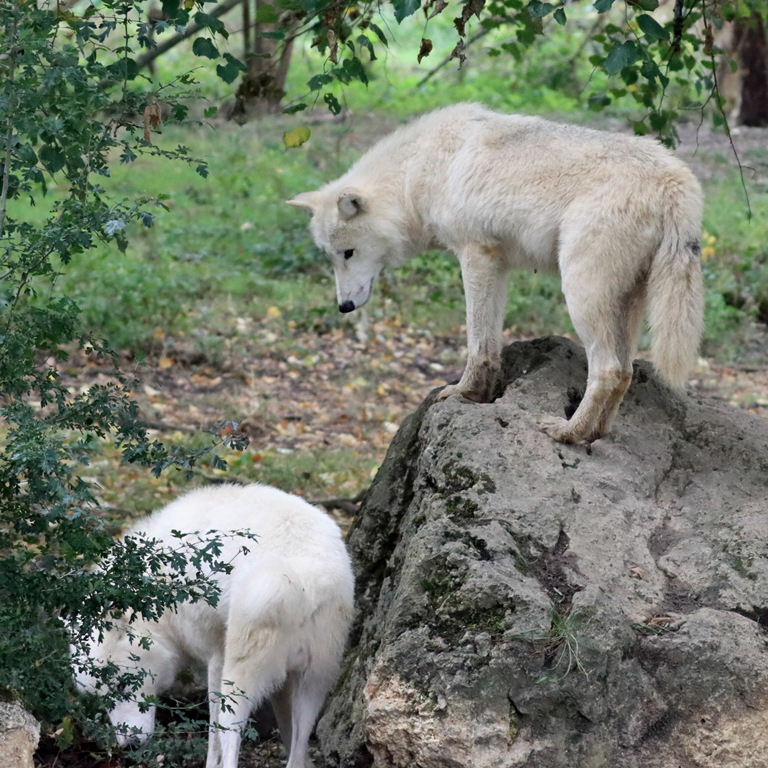
The Arctic Wolf, also called the Polar or White Wolf, C. l. arctos,
is a subspecies with thick white fur; it ranges across arctic Canada and Greenland.



Arctic Wolf with cub.

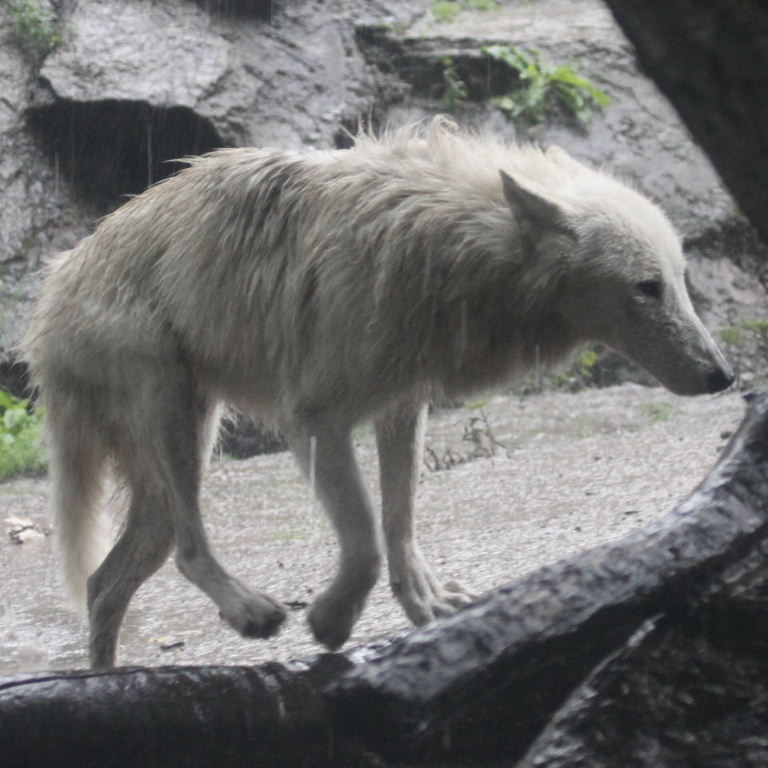

Arctic Wolves in the rain.

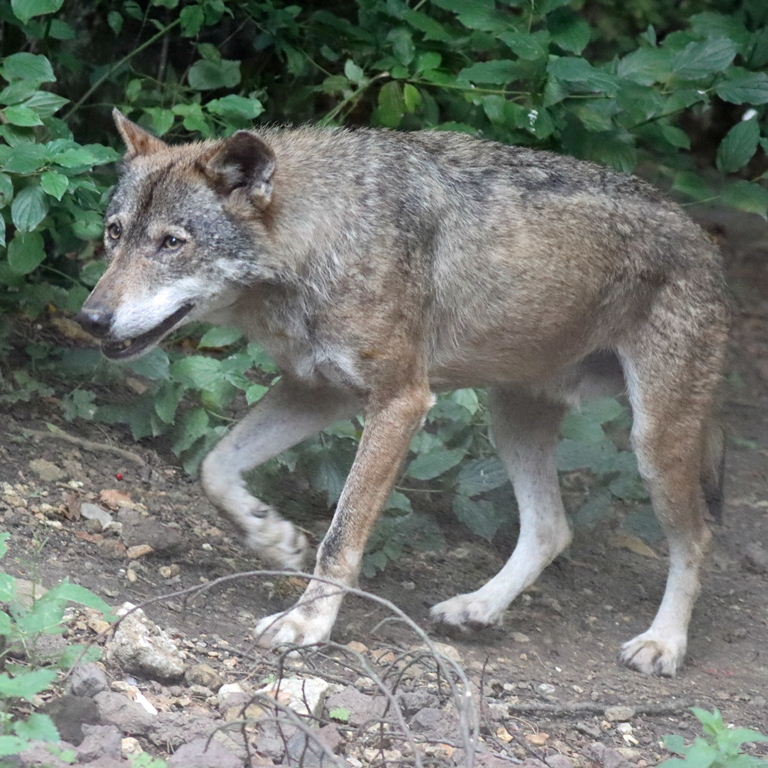
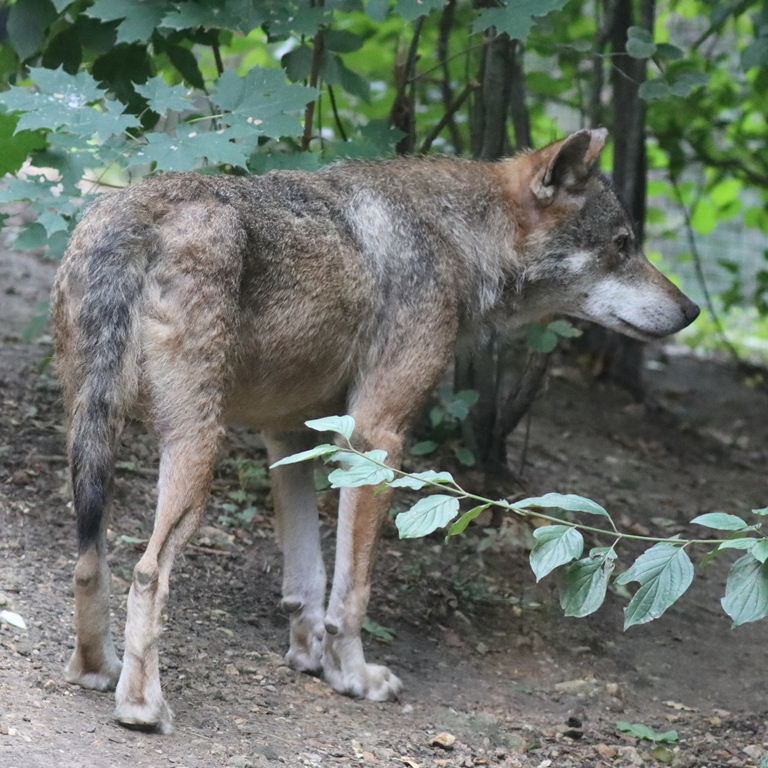
The Iberian Wolf, C. l. signatus,
ranges over north-western Spain and northern Portugal but is relatively rare.
It is distinct from the extinct Spanish Wolf, C. l. deitanus.






